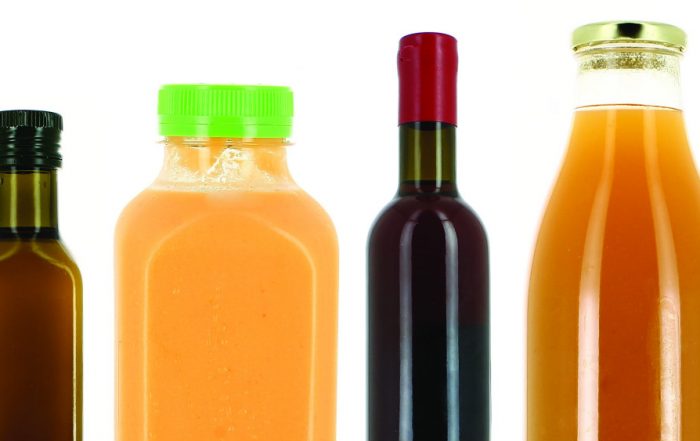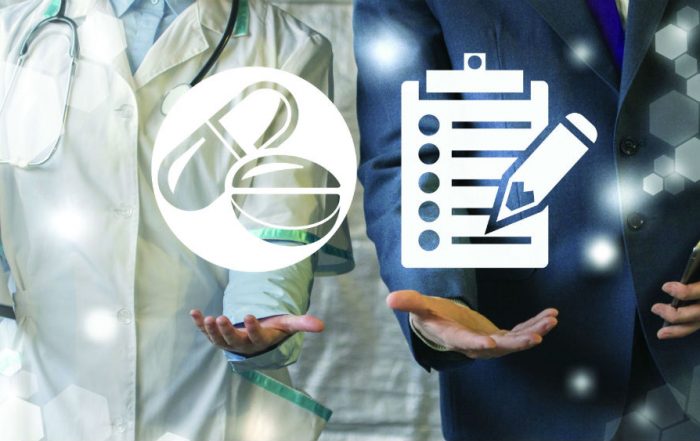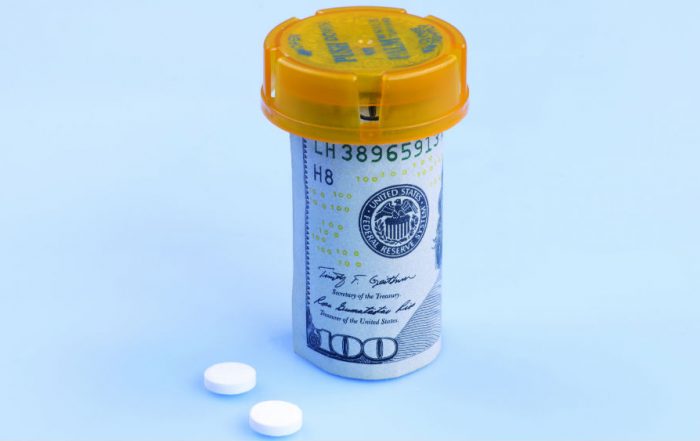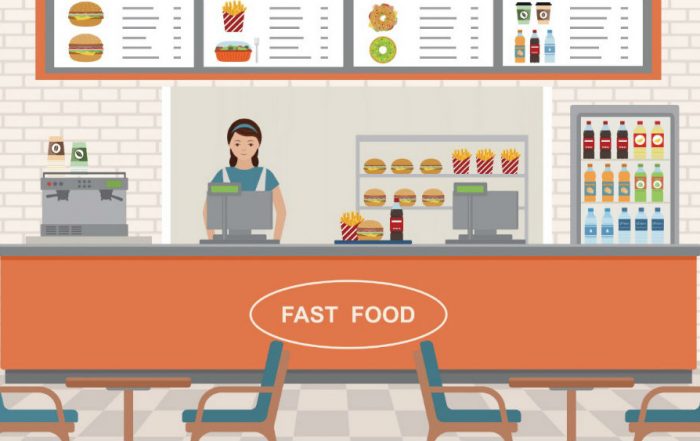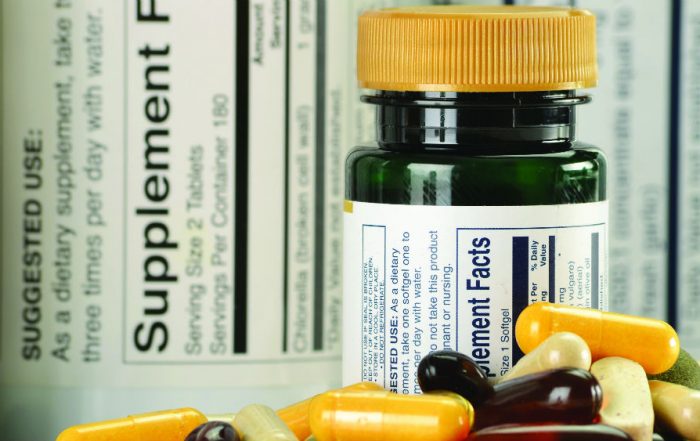
The Value of FDA Pre-Submission Meetings & Enhancements under PDUFA VI
By Rahul Vaknalli
The Food and Drug Administration’s (FDA) regulatory complexities and changing global economic landscape require the healthcare industry to leverage every aspect of their business risk bearing capacity, especially when developing a new drug, biologic, or medical device. A report by Deloitte in 2015 estimated that the average cost of new drug development programs nears $1.6 billion while another study conducted by Tufts University estimates this cost to be nearly $2.5 billion. This estimate does not include the costs of necessary postapproval development and pharmacovigilance studies.12 The study further illustrates that the recent trends of decreased prescription drug sales, high R&D costs, and often unpredictable regulatory oversight, compound and increase the investment risk portfolio for the pharmaceutical industry.
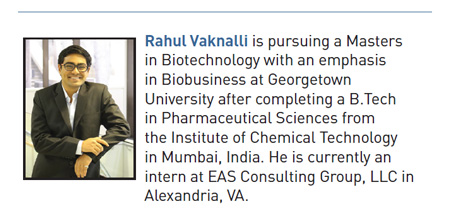 Pharma companies by necessity must utilize the available regulatory tools to prepare and manage these risks early in the development cycle. One such way is to engage in proper communication with FDA throughout the drug development process. Hence, preparing and leveraging FDA Type A, B, and C meetings to help formulate a viable regulatory and development strategy is an essential step in ensuring that a drug is on the correct path to receive market approval. The regulations governing these meetings are established under the Prescription Drug User Fee Act (PDUFA). The PDUFA agreements have been instrumental in providing consistency, certainty, and transparency in FDA’s drug review program. The PDUFA has been in operation for the last 25 years and it is updated every five years to ensure that it remains in touch with the current market scenario. This was the final year of PDUFA V, and after holding meetings with subject matter experts, stakeholders and industry groups, FDA formulated PDUFA VI, which following recent congressional approval, is now effective through FY 2022.
Pharma companies by necessity must utilize the available regulatory tools to prepare and manage these risks early in the development cycle. One such way is to engage in proper communication with FDA throughout the drug development process. Hence, preparing and leveraging FDA Type A, B, and C meetings to help formulate a viable regulatory and development strategy is an essential step in ensuring that a drug is on the correct path to receive market approval. The regulations governing these meetings are established under the Prescription Drug User Fee Act (PDUFA). The PDUFA agreements have been instrumental in providing consistency, certainty, and transparency in FDA’s drug review program. The PDUFA has been in operation for the last 25 years and it is updated every five years to ensure that it remains in touch with the current market scenario. This was the final year of PDUFA V, and after holding meetings with subject matter experts, stakeholders and industry groups, FDA formulated PDUFA VI, which following recent congressional approval, is now effective through FY 2022.
Background
While FDA’s responsibility for ensuring the safety and efficacy of drugs and biologics marketed within the United States is very clear, oftentimes the approval guidelines and regulations that outline the necessary requirements for successful drug approvals appear uncertain. Moreover, a drug application is reviewed by multiple regulatory officials, including drug safety reviewers, medical reviewers, toxicology reviewers, biostatisticians, clinical pharmacists, and chemists. It is possible that there may be slight differences in the application review style based on the individual, which always adds an element of uncertainty. Pharmaceutical companies that sponsor drug trials can reduce some of the uncertainty by requesting a formal Type A, B, or C meetings with FDA review divisions in order to gain a clearer picture regarding the agency’s concerns, as well as ascertain the most effective path forward to obtain product approval. FDA (with its limited budget and resources), encourages these meetings, as they provide an opportunity to interact with the sponsors and assist them in avoiding potential roadblocks capable of causing delays or rejection during the review process.
How These Meetings Work
In a request for a meeting, the sponsor must make note of the specific type of meeting it would like to hold with FDA based on the position of the drug in the development process. As per FDA draft guidance on formal meetings, the meeting request should include information about the product, type of meeting requested, meeting format, the statement of the meeting’s purpose, meeting agenda, list of individuals representing the sponsor, and a list of FDA officials the sponsor requests to be in attendance. For any type of meeting, the sponsor may request a written response to its questions instead of a face-to-face meeting.
Type A meetings
Type A meetings are held for development programs that have been stalled or to address an important safety issue, making them critical encounters for sponsors. FDA must respond to the meeting request within 14 days, and schedule a meeting within 30 days after the agency receives the request and the briefing package. Some common Type A meeting issues are dispute resolution, clinical holds, Special Protocol Assessment comments, and post-action meetings. Post-action meetings are requested by the sponsor after any FDA regulatory action besides approval. If these meetings are requested within three months of the FDA regulatory action, they are then classified as type A meetings; otherwise they are classified as Type B meetings.
Type B meetings
Type B meetings are process review meetings that may occur before any major milestone in the drug development process. These include meetings before the submission of the Investigational New Drug (IND) application (pre-IND meeting), meetings at the conclusion of phase 1 and phase 2, also known as End-Of-Phase meetings (EOP1/EOP2), and meetings before the submission of the New Drug Application (NDA) or the Biologics License Application (BLA) (pre-NDA/pre-BLA meeting). Meetings regarding postmarketing requirements and Risk Evaluation and Mitigation Strategies (REMS) are also classified as Type B meetings. For most Type B meetings, FDA must respond to the request within 21 days, and the meeting should be scheduled within 60 days from time of request. Under PDUFA VI, there is a new distinction made for EOP Type B meetings. FDA must now respond to this type of meeting request within 14 days and it must schedule the meeting within 70 days. For the pre-IND meeting, FDA can provide a written response instead of a face-to-face meeting if deemed necessary.
Type C meetings
Type C meetings can be classified as any other development or review meetings not designated as Type A or Type B. It is more frequent for FDA to provide a written response, even if a face-to-face meeting was requested, in the case of Type C meetings. FDA should respond to the request within 21 days, and a response should be sent or meeting should be granted within 75 days of the request date.
FDA Responses
Once the appropriate officials from within CDER or CBER receive the meeting request, it is analyzed. A decision is made within 14 days for Type A or EOP Type B meeting, and 21 days are allotted for Type B and C meetings. The meeting request should contain sufficient information to help FDA understand the purpose and urgency of the meeting. FDA can then either deny the request or approve it.
Denial
FDA must give a substantive reason as to why the request for the meeting was denied. The denial cannot be because of any minor error in the request.
Approval
Once FDA approves the meeting request, the sponsor is notified of the type of response (i.e. written, face-to-face, video conference, etc.) and when the meeting will be held.
Preparation for the Meetings
Pre-meeting preparation is critical for both FDA and the sponsor. The meeting package, which is given to FDA beforehand by the sponsor, contains much more information relevant to the discussion topics, as well as the final questions for FDA to respond to. Preparing the meeting packet also helps the sponsor focus on their principal areas of concern. Under PDUFA VI, the meeting packet is submitted to FDA at least 30 days prior for Type B meetings, 50 days prior for EOP Type B meetings, and 47 days prior to Type C meetings, and it is submitted along with the meeting request for the Type A meeting. The contents of the meeting packet should align with the objectives of the meeting. The meeting packet should contain summarized data to allow for efficient review by FDA staff. In most cases, a copy of the meeting packet is sent to all of the attendees. FDA is able to properly prepare for the meeting once these materials are provided.
After analyzing the meeting packet, FDA drafts preliminary responses. Under PDUFA VI, these responses are then conveyed to the sponsor no later than five days in advance of the meeting. The preliminary responses often serve as a foundation for the final meeting responses. In some cases, the preliminary response mitigates the main area of concern, leaving the final meeting unneeded. Even though the preliminary response is not final, it gives the sponsors an opportunity to cancel the meeting or to change the format of the meeting (e.g., from face-to-face to a teleconference). Sponsors can also choose to keep the meeting but only discuss certain questions. Under PDUFA VI, changes to the meeting format and scope must be provided to FDA no less than two days prior to the meeting.
During the Meeting
The meetings will begin with introductions and statement of the agenda. The sponsors can make a small presentation, but it is generally not needed. The majority of the meeting should be devoted to the discussion of the key issues on the agenda. Some FDA review divisions will have the sponsor present a summary at the end of the meeting to ensure that there is a mutual understanding of the outcome between both parties. FDA attendees will also take the official minutes of the meeting which would be issued to the sponsor within 30 days of the meeting. Once the official meeting minutes are received by the sponsor, they should review it and inform the agency if there are any significant discrepancies regarding the collective outcomes.
Conclusion
The PDUFA commitment for formal meetings between sponsors and FDA greatly minimizes regulatory hurdles commonly associated with the experience, pharmaceutical companies have previously had when engaging the drug development process. FDA’s deadline-based approach ensures that the time and investment of the drug developers is not wasted by frivolous endeavors by avoiding misunderstandings, anticipating and resolving difficulties in advance, and cutting down the response time window wherever possible. In fact, another study conducted by Tufts Center for the Study of Drug Development shows that the drug approval process where the sponsors had made use of the FDA pre-submission meetings were considerably shorter than the processes where there were not many sponsor-FDA interactions.3
Proper utilization and preparation for the meetings benefits industry by allowing FDA to apply its scientific and medical perspectives early in the development cycle. Moreover, the meetings can reduce FDA’s review efforts later in the process, which ultimately provides patients with safe and effective drug products, free from commercialization delay. The setting up of deadlines for providing the preliminary response and more emphasis on the End of Phase meetings in the guidance’s upcoming changes for formal meetings between sponsors and FDA will further expedite the process and will surely streamline the drug development process by making it even more efficient for industry to interact with FDA. The changes suggested by FDA further underscore the agency’s intent to tackle the problems faced by the industry in the most transparent and efficient way as possible.
References:
- FDA, Draft Guidance for Industry, Formal Meetings Between the FDA and Sponsors or Applicants of PDUFA Products, (Mar. 2015).
- FDA, User Fees for Industry, PDUFA Reauthorization Performance Goals and Procedures: Fiscal Years 2018 Through 2022, (Aug.2017).
- Deloitte Center for Health Solutions, Balancing the R&D equation, measuring the return from pharmaceutical innovation 2016, https://www2.deloitte.com/content/dam/Deloitte/uk/Documents/life-sciences-health-care/deloitte-uk-measuring-the-return-pharma-report-2016.pdf.
- Tufts Center for the Study of Drug Development, Cost of developing a new drug 2014, Journal of Health Economics.
- Tufts Center for Study of Drug Development. Initiatives to Speed New Drug Development and Regulatory Review: The Impact of FDA-Sponsor Conferences, 1997, http://journals.sagepub.com/doi/abs/10.1177/009286159703100319.
Update Magazine
November/December 2017

